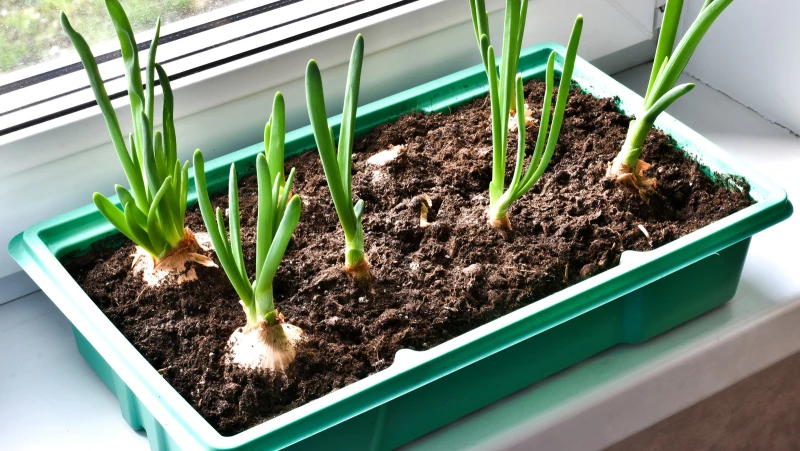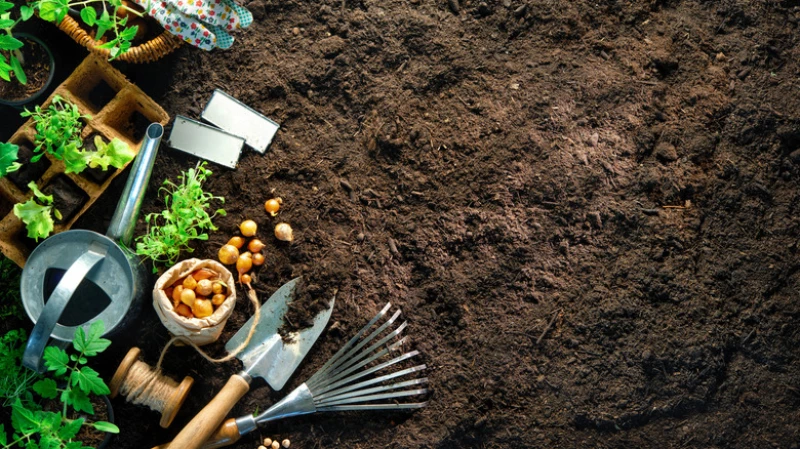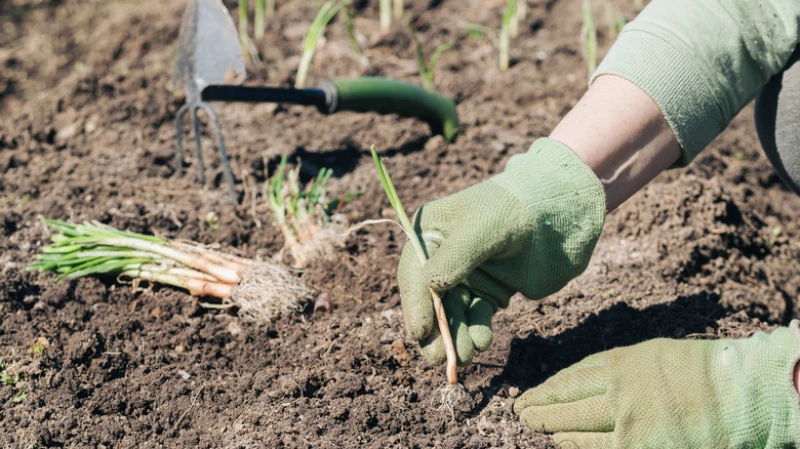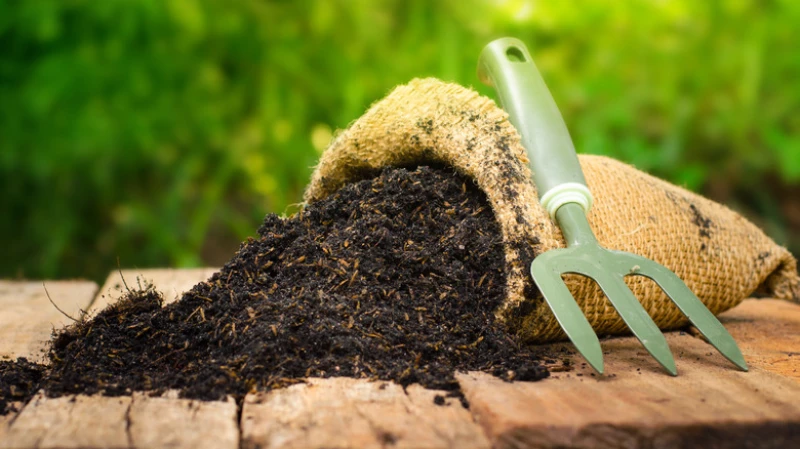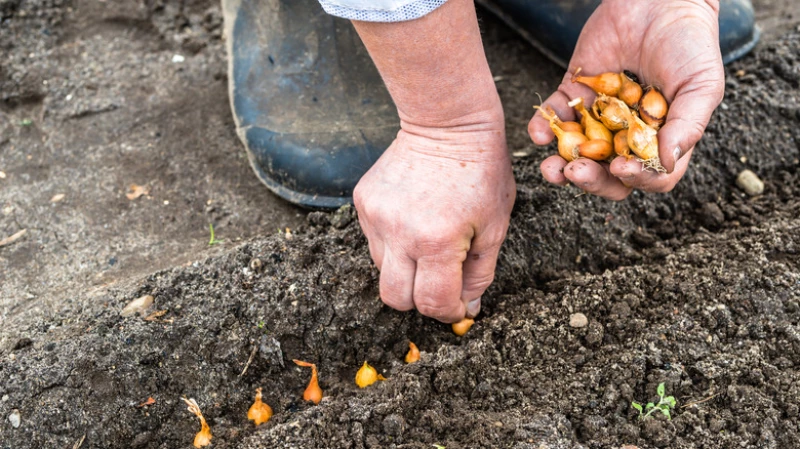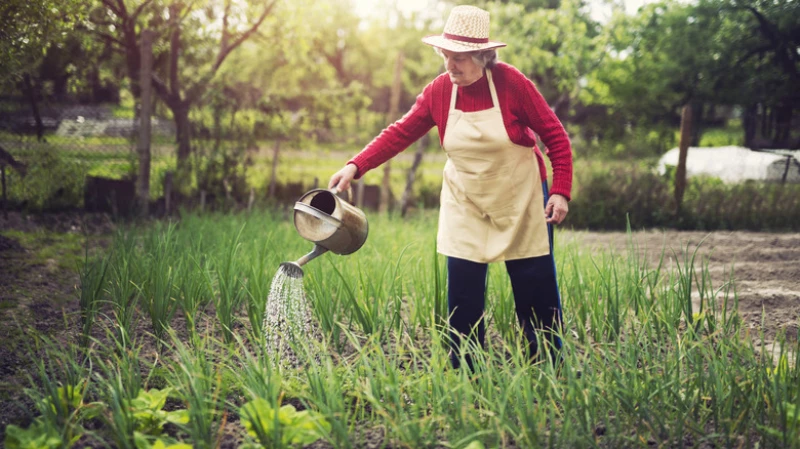Onion farming: A Guide to Growing Your Own Subterranean Pearls
Ah, onions, those subterranean pearls that have graced our dinner tables and cuisines across cultures with their exceptional flavor and health benefits. But do they have to be our grocery list staple? No! Enter onion farming. Tending to your garden and watching the evolution of onions from humble seeds, transplants, or sets to flourishing bulbs fills our hearts with a sense of pride and accomplishment. However, mess up any element of the stipulated onion growing regimen, and you risk turning your potential onion utopia into a scene from a gardener's horror story. Here, we are talking about gardening missteps like planting the wrong variety for your region, ill-timed planting, overcrowding, improper watering, and poor soil preparation.
Mistakes to Avoid When Growing Onions

Onions are a staple in grocery stores, but there's nothing quite like the taste of fresh, organically grown onions from your own garden. Luckily, creating a thriving and eco-friendly onion patch is easier than you think. By using natural alternatives like manure or compost instead of chemical fertilizers, and household staples like baking soda and ground cinnamon instead of synthetic insecticides and fungicides, you can have a sustainable onion garden right at home. Now that we've covered the basics, let's take a look at some common onion farming mistakes and how to avoid them.
Choosing the Wrong Onion Variety

One of the biggest mistakes when growing onions is planting varieties that are not well-adapted to your local climate. While garden centers may supply unsuitable types, it is ultimately your responsibility to choose the right variety. Understanding the differences between short-day, long-day, and day-neutral varieties is crucial. As Bruce L Frasier, President of Dixondale Farms, advises, planting a short-day variety in a northern region will not allow enough time for the leaves to grow before bulbing, resulting in small onions.
Planting at the Wrong Time

Another common mistake is planting onions at the incorrect time. Timing is important when it comes to onion planting, as different varieties have specific planting windows. Planting too early or too late can result in stunted growth or premature bolting. It's essential to research the recommended planting time for your chosen onion variety and follow it closely for successful growth.
One crucial aspect of planting onions is timing. If you miscalculate and introduce your onion seeds or sets to the soil at the wrong time, it can have a significant impact on their growth and yield. Achieving the right balance is key, and many experienced gardeners know that spring is the ideal time to plant onions. During this season, the soil becomes cooperative, and there is still a hint of winter chill in the air. By understanding the annual rhythm of your region and aligning it with your planting efforts, you can expect a bountiful harvest of onions that are picture-perfect.
Choosing the Wrong Planting Method
The decision between onion sets vs. seeds vs. transplants is not just a matter of personal preference; it can determine the success of your crop. Each method has its advantages and disadvantages, and it is crucial to understand how they align with your gardening conditions, climate, and the type of onion you have chosen. For example, onion sets or transplants can give your onions a head start in colder climates, allowing them to beat the short growing season. However, while sets are the easiest option for growing onions, they can be more expensive and offer less variety. On the other hand, growing onions from seeds, which typically have a lifespan of one year, requires sowing them at least 2.5 months before the optimal transplanting window.
Planting Oversized Sets or Transplants
Another mistake to avoid when planting onions is using oversized sets or transplants. While it may seem like a good idea to start with larger plants, it can actually hinder their growth. Oversized sets or transplants can put stress on the plants and lead to stunted development. It is important to choose sets or transplants that are the appropriate size for planting. This will ensure that the onions have enough space to grow and thrive, resulting in a successful harvest.
When it comes to growing onions, overcrowding is a big no-no. While it may be tempting to plant as many onions as possible in a small space, this can actually hinder their growth. Overcrowding restricts the onions' access to nutrients, water, and sunlight, leading to stunted growth and smaller bulbs. It also increases the chances of diseases and pests spreading among the plants. To give your onions the best chance of thriving, make sure to space them out properly and provide them with enough room to grow. This will result in healthier plants and larger, more flavorful bulbs.
Watering onions: finding the right balance
Watering onions can be a tricky task. While they need a consistent supply of water to grow, overwatering can be just as detrimental as underwatering. Onions prefer well-drained soil, so excessive moisture can lead to root rot and other fungal diseases. It's important to strike the right balance by watering the onions deeply but infrequently. This allows the roots to access the water they need without sitting in soggy soil for extended periods. Additionally, avoid watering the foliage as this can increase the risk of diseases. By finding the right watering routine, you can ensure healthy onion growth and avoid common pitfalls.
Don't human societies value personal space? The "Onion Society" is no different. Stuff them too close together, and you kick off an unseen survival mission, with each onion battling its neighbor for resources like sunlight, water, and nutrients. This silent but fierce competition typically stunts growth and causes onions to produce smaller bulbs. The secret to healthy, full-sized bulbs? Give your onions their breathing room. Paying attention to proper spacing, around 3 to 4 inches between individual plants and 12 to 16 inches between rows, lets each onion plant claim its share of resources for a robust and satisfying harvest.
Poor soil quality
Another typical mistake when growing onions is overlooking your soil's health. Subpar soils sabotage root proliferation, giving rise to frail plants and underachieving bulbs. But treat your onions to a soil reminiscent of a beach holiday — well-draining, sandy-loamy soil rich in organic matter and with a slightly acidic pH range of 6.0 to 7.0 — and you'll see the difference. Compacted soils could be improved with the help of nutrient-rich amendments like bone meal and blood meal or organic matter such as compost, aged manure, or peat moss.
Planting onion too deep
Most of us have been there, making that rookie onion-growing mistake of sending the sets or transplants too deep in relation to the earth's mantle. What happens is simple but disastrous. Rather than focusing on yielding plump, juicy bulbs, the plant channels energy into pushing out leafy greens, leaving you with sorely underdeveloped bulbs. Even worse, the buried depth can cause no end of despair when cold, wet weather hits, basically sending an open invite for rot. When planting, delicately nestle the sets or transplants 1 to 1½ inches deep — only a smidge of soil should cover the tips of the set bulbs.
Watering mishaps
Onions, like many other vegetables, have shallow root systems. This means that their water needs are different from other plants. Overwatering can be just as harmful as underwatering for onions. Too much water can lead to rot and fungal diseases, while drought can result in wilting, stunting, and smaller bulb sizes. It is recommended to water onions about an inch deep per week, but this may need to be increased during dry spells. However, it is important to avoid watering when the weather is wet or when the bulbs have matured and the leaves have turned yellow.
Planting onions only all year round
Onion bulbs that are popping out of the ground are not only unsightly but also vulnerable to damage and disease. To protect them, gently push the bulbs back into the soil and cover them with a layer of mulch. This will help maintain moisture levels and prevent the bulbs from drying out. Straw, shredded leaves, or compost can be used as mulch. Avoid using heavy materials that may compact the soil or prevent air circulation. Regularly check the bulbs and reposition them if necessary throughout the growing season.
Choosing the wrong onion varieties
Not all onions are created equal, and choosing the wrong variety can lead to disappointment in your garden. When selecting onion varieties, consider your climate, growing season, and intended use. Short-day onions are best suited for southern regions with mild winters, while long-day onions are better for northern regions with longer daylight hours. Intermediate-day onions are a good choice for areas with moderate climates. Additionally, consider whether you want to grow onions for fresh consumption or for storage. Some varieties are better for eating fresh, while others have a longer shelf life. Research different onion varieties and choose ones that are well-suited to your specific growing conditions and culinary needs.
Surprising Scenario of Onion Bulbs Surfacing
The sight might incite visions of hilling up those exposed wonders for protection — after all, it's a tactic we typically enlist for some vegetables like potatoes. However, not all vegetables march to the same beat. Onions, when mature, are surface dwellers that vigorously resist being buried completely. Covering the bulbs bulging out of the earth won't protect them. Instead, it encourages excessive moisture retention, which rolls out a red carpet for rot. Therefore, resist the urge, as popping out is simply the onion's way of growing.
Disregarding Disease and Pest Symptoms
Have you heard of purple blotch, downy mildew, blight, fusarium basal rot, white rot, or onion smut? Letting any of these diseases run amok screams doom for your onion garden. And let's not ignore the pests, including thrips, onion maggots, and eel-like nematodes — they are small but mighty in destructive power. With an eagle-eyed approach, you can spot the telltale signs swiftly and act promptly to safeguard your plants. Attention to proper plant spacing, crop rotation, and water management can reduce disease likelihood significantly. An integrated pest management plan could involve insecticidal soaps, horticultural oils (neem oil), and other organic control measures.
Topping the Onion Foliage
Last on our list of onion farming mistakes is a misconception that promises bulkier onion bulbs. The associated belief theorizes that snapping those green tops forces the plant to reallocate its resources to the bulb beneath. However, the truth is quite the reverse. The leaves play an essential role in bulb formation by manufacturing essential sugars (thanks to photosynthesis) and transferring them to the bulbs for growth and maturation — trimming them off damages the very system vital for onion maturation. Instead, allow nature to take its course, letting the greens fall naturally when your onions are mature.

